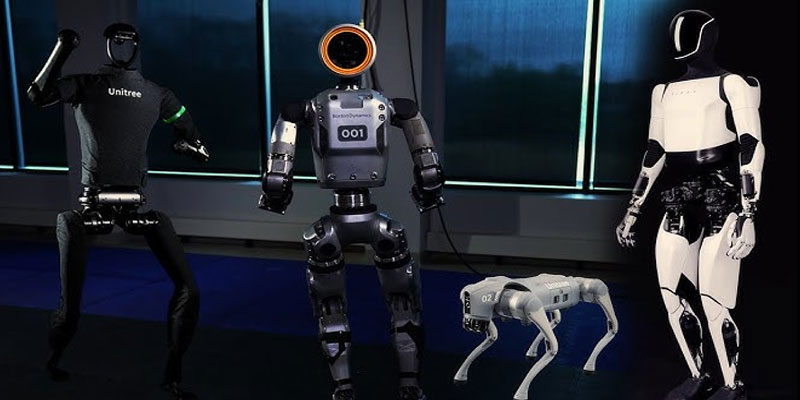Musk Reveals Rare Earth Restrictions Are Slowing Optimus Production
Tesla CEO Elon Musk said that China’s tightening of export restrictions on rare earth magnets has directly affected the production of its much-anticipated Optimus humanoid robots. Speaking during the company’s earnings call, Musk stated that Tesla is actively working with Chinese authorities to secure the necessary licenses to resume imports of these critical components.
“China wants assurances that these are not used for military purposes, which obviously they’re not,” Musk said. “They’re just going into a humanoid robot. It’s not a weapon.”
This development marks one of the most high-profile consequences of China’s new export controls, introduced in April in response to U.S. tariffs on Chinese goods.
What Is Optimus? Tesla’s Leap Toward AI-Powered Labor
Optimus is Tesla’s ambitious entry into the humanoid robotics space. Designed to handle dangerous, repetitive, or undesirable tasks, the robot embodies the next stage of AI-driven automation. Standing nearly 5’8″, it is equipped with advanced AI and powered by electric servo motors to mimic human movement.
The robot’s potential spans factory labor, elderly care, and household assistance. Tesla aims to produce thousands of units by the end of 2025, with a significant production ramp-up planned for 2026, targeting 50,000 to 100,000 robots annually.
Rare Earth Magnets: The Hidden Backbone of Robotics
While the sleek exterior of a robot may steal headlines, it’s the rare earth magnets inside that power its most critical functions. Neodymium-iron-boron (NdFeB) magnets, in particular, are essential to the high-torque servo motors that allow humanoid robots to perform lifelike movements.
Each Optimus robot is estimated to require around 3.5 kilograms of these magnets, with over 40 servo motors per unit. That’s a significant reliance on materials now under strict Chinese control.
In early April, China’s Ministry of Commerce announced export restrictions on seven categories of rare earth materials, including samarium, terbium, and dysprosium—all key to high-performance magnet manufacturing. Exporters must now undergo a lengthy licensing process, which may take six to eight weeks or longer, adding unpredictability to global supply chains.
Industry Reactions: A Rare Earth Reality Check
Tesla is one of the first major companies to publicly acknowledge the direct impact of China’s new curbs, but it’s unlikely to be the last. Rare earths aren’t just used in robotics—they are vital to everything from electric vehicles to missile guidance systems and smartphones.
Industry analysts view China’s move as a calculated geopolitical response, signaling that it’s willing to leverage its near-monopoly on rare earth refining to counter U.S. trade pressure. For companies like Tesla, which rely heavily on both Chinese supply and U.S. demand, the path forward is delicate.
Despite tensions, Musk emphasized that Tesla maintains strong operations in China. The Shanghai Gigafactory remains a key node in Tesla’s global supply chain and has already produced over 100 Megapack energy storage systems, according to Chinese media.
A Strategic Pause or a Turning Point for Tech Manufacturing?
Tesla’s temporary slowdown in Optimus production is more than just a supply chain hiccup—it reflects a broader vulnerability in the global tech ecosystem. The race to lead in AI and robotics is now intertwined with geopolitical leverage, where access to rare earths can dictate the pace of innovation.
While Musk remains optimistic about obtaining the necessary licenses, the situation underscores the urgent need for diversifying supply chains, investing in rare earth alternatives, and perhaps most importantly, recognizing that technology and diplomacy are now inseparably linked.
Optimus may be built to reduce human labor, but its fate is a very human story—one of negotiation, trust, and the complex politics of progress.
(With inputs from agencies)





